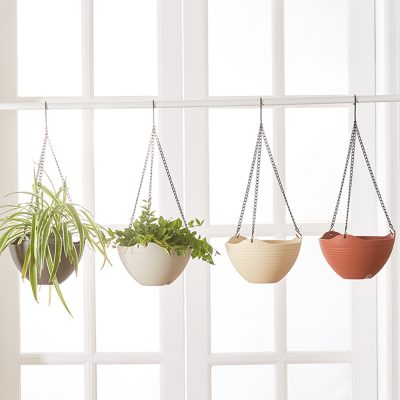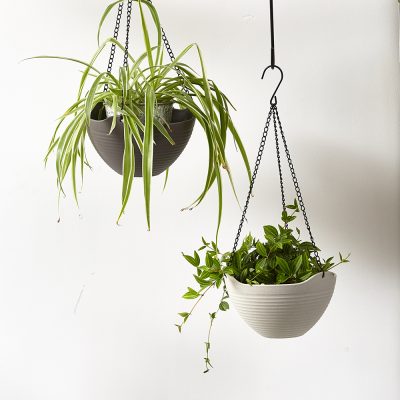The problem of rotten roots and yellow leaves should be encountered in the cultivation of flowers and plants, especially those with succulent roots, which are most prone to root rot during the maintenance process. Among them, succulents, Clivia and other flowers and plants are very difficult. Make sure that there is no problem with the root system, because their fleshy roots are most afraid of water and moisture, and they will not work if they are not watered. If there are too many rotten roots, this “degree” is difficult to grasp, even for veterans who have cultivated flowers for many years.
In fact, the cause of rotten roots of Clivia and succulents is not only watering, but also soil problems, because watering of flowers and plants is inevitable. If the soil is not good, no matter how careful you are, it will not help. The reason for the rotten roots of flowers is that the soil cannot be discharged for a long time after watering, and the water in the soil is too airtight. The long-term humid environment will cause the succulent roots to have difficulty breathing and cannot carry out normal metabolism. After a long time, they will start to rot. We all know that the growth of plants is inseparable from water, but potted plants are no better than those grown on the ground, and the water needs to be drained out quickly, so as to protect the root system from rot. Therefore, choosing the right soil environment for planting potted plants is the top priority.
In order to increase soil permeability and drainage, we can start with the structure of the soil, use special loose nutrient soil, mix some large particles to increase soil permeability, so that when watering, the soil will not be drained smoothly, and it can also be maintained. Good root system. This is a commonly used method when growing flowers, but to really prevent rotten roots and yellow leaves, one more thing needs to be added. Every household has this kind of thing. It is garbage that does not need money, and it is often thrown away by people. However, it is very useful. If you have it at home, you can keep a little bit at home. Break it up and place it on the bottom of the basin to ensure proper ventilation and ventilation. The key is also very effective.
This kind of “rubbish” is a foam box. When planting flowers, break it into small pieces the size of your thumb, put them on the bottom of the pot, and add some ceramsite and small stones to lay them on the bottom. If it is a relatively deep flower pot, it can be padded Thicker, if you don’t have ceramsite, you can just use foam. After all, this thing doesn’t cost money, you can use as much as you want, so you don’t need to buy it again. Then fill the flowerpot with an appropriate amount of nutrient soil, and use this soil to grow Clivia and succulents without yellow leaves or rotten roots. The longer the growth, the faster the root system. There will be no problems, and novices are not afraid.
Use a flower pot with a foam bottom to pot the Clivia, which is not only ventilated and breathable, but also will not rot and increase the weight. The maintenance is very simple. It is time to water and water. There is no problem of rotten roots and yellow leaves. The Clivia grown in this way grows palm-high a year, and the newly grown pairs of leaves are shiny, firm and beautiful, and they look really good. Arrow up.
How is it? Have you tried this method? Foam boxes are available in every household, just breaking off a piece is enough. It is used for cultivating succulent root plants. Watering is very easy. , because it flows down on its own, don’t worry about causing rotten roots. Not only that, it can be used for farming flowers and plants, not only without money, but also with good results.







